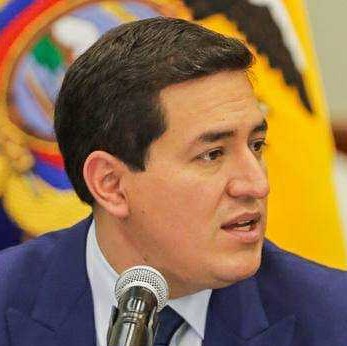January 26, 2022
On August 23, 2021, the International Monetary Fund (IMF) allocated $650 billion worth of Special Drawing Rights (SDRs) to its members to add liquidity to the global economy during the unprecedented health and economic crises caused by COVID-19.
SDRs, which are an international reserve asset, can be exchanged for hard currency, used to pay the IMF, or donated among member countries. The injection of these assets by the IMF can be used by governments to stabilize their currencies and shore up their reserves, or for a number of social or health policies — the latter being an especially important use for SDRs during the pandemic, as IMF Managing Director Kristalina Georgieva has said.
Around a third of the SDRs were allocated to developing countries (excluding China, whose currency is included in the basket of currencies that determines the value of SDRs).
CEPR has been publishing monthly reports on the use of SDRs based on accounting calculations derived from IMF SDR data, IMF country reports, and statements by government officials.
The following is a preview of key findings that we will explore in greater depth in our upcoming report on the use of SDRs since August 2021:
-
80 developing countries have used SDRs since the August allocation.
-
32 countries have exchanged SDRs for hard currency, for $11.6 billion.
-
55 countries have paid the IMF with SDRs, for $6.5 billion.
-
39 countries have recorded the SDRs in government budgets or have used them for fiscal purposes, for $37.3 billion.
-
These numbers are significantly higher than those of the 2009 SDR allocation, suggesting both a greater need for these resources and a higher level of awareness among policymakers on how they can be used.
-
The large majority of these transactions took place during the first three months since the SDR allocation, showing an urgent need for those resources.
-
The SDR allocation was initially proposed by IMF leadership in March 2020, but it took 17 months to become a reality. Two-thirds of the SDRs remain in the hands of high-income countries. Some rich countries have committed to lending a part of their excess SDRs to developing countries via special trusts. It has been reported that a new trust — called the Resilience and Sustainability Trust — will be run by the IMF (not development banks) and will include traditional IMF conditionality. Furthermore, it would only be ready by year-end.
-
In November, the chairs of the Progressive Caucus, the Black Caucus, the Hispanic Caucus, and the Asian Pacific American Caucus of the US Congress urged US Treasury Secretary Janet Yellen to back the issuance of $2 trillion more in SDRs. Legislation to this effect has already passed the House of Representatives and an accompanying bill was already proposed in the Senate.






